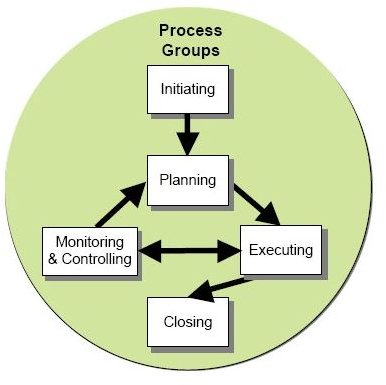Project Management Maturity Models and Their Importance
What is Project Management Maturity?
A progressive process which allows organizations to make noticeable and constant improvements while a project is being developed is called project management maturity.
It is not a tool for rapid transformation in a project, but rather an ongoing process where the benefits or improvements on the project are noticed over time until the project achieves its final completion.
Maturity levels for an organization may be set to the required level depending on the projects and the needs for an organization to reach a particular level of maturity. Unique or singular projects may not need a high level of maturity.
The focus during any exercise for achieving project management maturity has to be on continuous improvement, even if the organization has reached the highest level of maturity. This could be a result of advances in technology, changing requirements or other constraints that may develop.
An organization must always be flexible enough to get outside help while developing the required project management maturity. This allows an unbiased and neutral look at the processes that are guiding the projects.
Companies also need to be aware of its current maturity levels before it can decide on any steps for improvement. To do this, a complete assessment of the capabilities, weaknesses, and business goals in an organization has to be made and looked at objectively.
Image Source: Wikimedia
Levels of Project Management Maturity
A project management maturity model can help an organization to determine the required level of maturity to be achieved by its projects and would have to be based on an in depth assessment by professional project management consultants
There are essentially five levels to which the levels of maturity in any project can be judged.
The level that is least desired is the ‘Chaotic’ level, where a project has no documented process or evidence of following any of the best practices prevalent in that industry.
When the processes in a project are well documented and an attempt is made to carry out project work based on this documentation, this denotes the ‘Active’ level of maturity. Results here may still be unpredictable as documents may remain ad-hoc without following organizational discipline and strategies.
The maturity level becomes ‘Efficient’ when more parts of the project follow the disciplines and processes laid down, even when this is restricted to certain parts of the project.
A ‘Responsive’ level is achieved when the project processes are consistently applied and measured to set standards and the management is responsive to any changes that are required in the processes.
The final and ‘Business-Driven’ level is achieved when the project generates its own data and information that is used for further business decisions and the decisions are used to set up standards throughout the organization. This sets up a model for continuous improvement which ensures that projects in an organization follow identified down processes, which in turn are not stagnant, but in the process of continuous involvement so that the best practices are followed.
These five levels of project management maturity models help not only improve processes but analyze why they are where they are in the first place.
